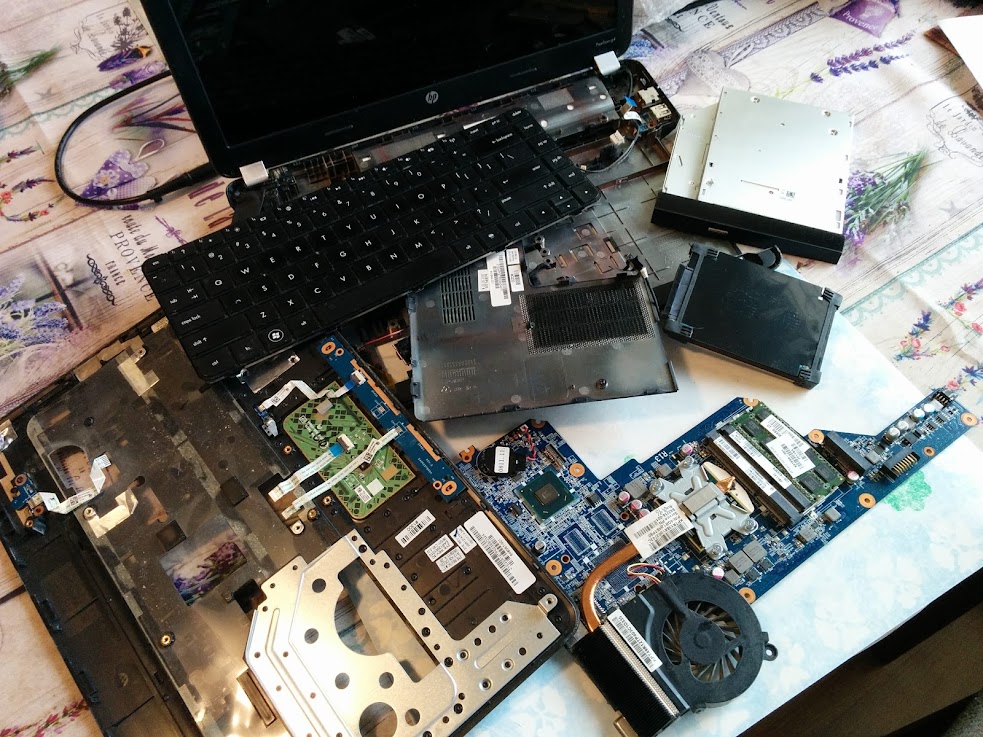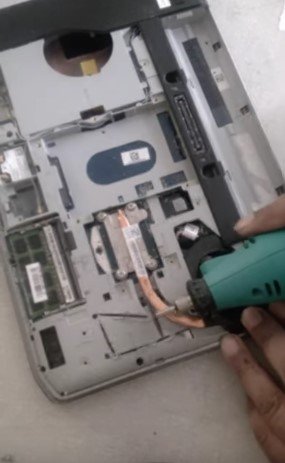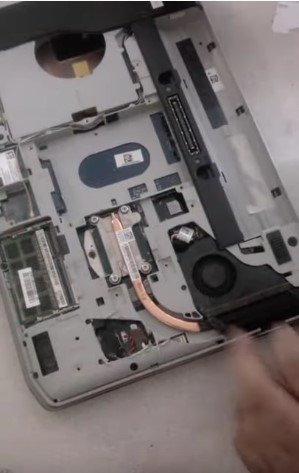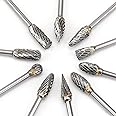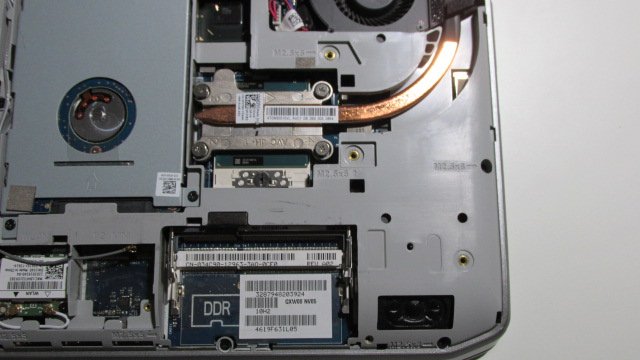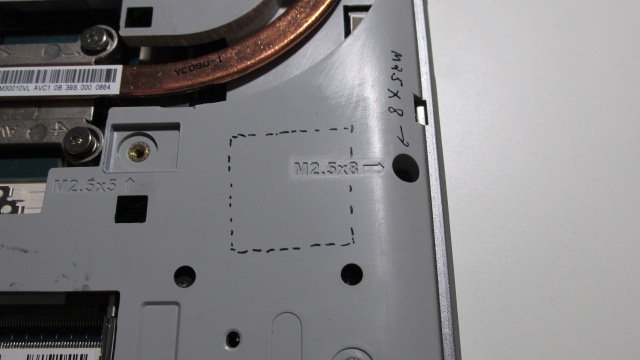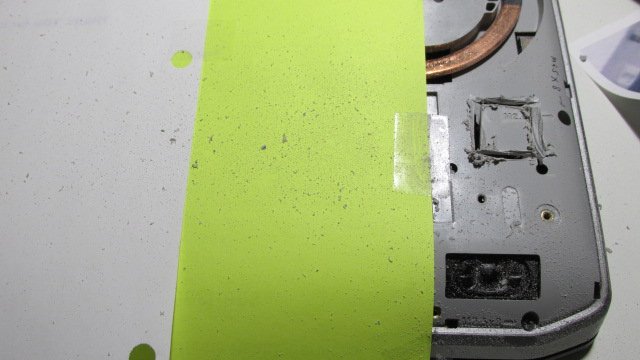easysurfer
Give me a museum and I'll fill it. (Picasso) Give me a forum ...
- Joined
- Jun 11, 2008
- Messages
- 13,155
Thanks for the update. I had a bad ram module once. Thankfully, the computer ran pretty well and I had a friend that’s super smart and directed me right to a ram checking program and sure enough, that was the issue.
However, the important thing is that you’re back up and running (or will be) and I’m break even on my diagnostics prognostications (wasn’t the battery).
The battery tested according to diagnostic as bad and should replace. I'll probably milk it out to the very last electron just for the heck of it. But I'll keep the new battery too that I bought.
Went ahead and ordered a replacement ram module. I bet the ram might be the cause of that frozen screen issue I had months ago. Perhaps.

 .
. 